On the morning of January 25 in Columbia, Maryland, instead of going to work at Dunkin Donuts, 19-year-old Darion Marcus Aguilar went to the Columbia Mall and entered through the newly renovated entrance, past the carousel that I rode as a little kid and past the Sears where my parents bought a new refrigerator last year.
He walked past the clusters of teenagers, like my sister and brother and their friends, who regularly haunt the mall. The moms with strollers, the families on a shopping trip. He entered a store called Zumiez at 11:15 a.m. and fired up to 8 shots from a 12-gauge shotgun, which, in the state of Maryland, you don’t need a license, registration or permit to purchase or carry.
Three people were killed in Zumiez that Saturday morning. According to the Baltimore Sun, they were a young mother, “upbeat and happy”, 21-year-old Brittany Benlolo. “Kind, positive” and 25-year-old skater Tyler Johnson. And the shooter himself.
I woke up on the morning of the 25th to a flurry of text messages about the incident. When I opened my laptop, Facebook friends had just begun to post: “You see shootings in the media all the time, but I can’t believe this would happen in my own home town.” “Such a great and peaceful town, can’t believe this could happen there.”
“This should not happen at the Columbia Mall,” said Howard County Police Chief Bill McMahon to reporters. “This shouldn’t happen anywhere.”
The community of Columbia is relatively small, and insulated in many ways. It’s a planned community between Baltimore and Washington D.C., founded about 40 years ago by a guy named Jim Rouse. Rouse wanted to erase the barriers of race and ethnicity and religion and create a place where people of all backgrounds could live and work in harmony. The city attracts many educated, able-bodied people, many of whom have high incomes, and it boasts many clean, well-run facilities, not least of which is the Columbia Mall.
I am so lucky to talk about this problem only after it rears its ugly head close to my loved ones, without physically harming them; this reaction is in part driven by the phenomenon of relative apathy about a serious problem until it happens in your own backyard. I am writing this, after all, more than a year after Newtown. After 24 mass shootings (more than three people killed in each) in 2013. I am writing this after 16-year-old Lavar Crawford suffered a fatal gunshot wound to the head in Baltimore, in an unrelated incident also on January 25th, not even 24 hours after tragedy struck my suburban hometown.
How many more “after”s will we have to endure until we start taking real preventative measures?
I respect many of the cultural and personal reasons that people in America want to own guns: to protect themselves, to kill animals, to collect them and use them to blow off steam at shooting ranges. The people in this country who want to own guns are Democrats and Republicans, rich and poor, men and women. Of all political persuasions and socioeconomic backgrounds, all racial, ethnic, gender and sexual identities.
Yes, stricter gun laws are in many ways a band-aid fix for a gaping wound. Stricter gun laws barely begin to hack at the the tangled, deeply rooted problems that perpetuate violence as a result of gun ownership. Perhaps most significantly among them are those invisible diseases, too often ignored or mistreated, that substantial evidence (including a study by the American Journal of Medicine) shows is correlated with firearm-related deaths. Diseases of the mind are still diseases, infinitely complex and painful, which need careful, individualized treatment lest the condition worsen.
American society not only bombards us with images of shooting, of violence, of disregard for human life; it not only romanticizes ruggedly handsome men and dangerously sexy women with big automatics and sleek little pistols who can kill anyone that gets in their way. It is a society that throws around words like “crazy” and “nuts” to describe people with real, debilitating illnesses. Imagine if someone called people with cancer “dirty” or “careless,” as if the condition of their body was somehow their fault.
We have much work to do in reducing the stigma of mental illness while increasing treatment availability and quality. Universal, affordable health care programs which cover these treatments seem like steps in the right direction.
In the meantime, why not reshape the Maryland laws that say you only have to pay a $10 fee to register a machine gun? This band-aid fix seems worth it when it would staunch even some of the bleeding. It would undeniably reduce the amount of accidental firearm-related deaths, and the violence committed in the heat of anger or fear.
Stricter gun laws will make it harder for people in fragile emotional and mental states to acquire guns. They will make it harder for people to kill people instantaneously, with one pull of a trigger. But they won’t get these people the help that they need.
After an examination of some pages of Darion Marcus Aguilar’s journal, Chief McMahon told reporters that they revealed “general unhappiness with his life.” Aguilar was found with large amounts of ammunition, as well as “two crude devices made of ‘flash powder and household items.’ “ [Baltimore Sun]
It is still unclear if Aguilar was mentally ill. And perhaps the devices he built, quickly disabled upon their discovery by the police, would have done damage similar to that brought about by his shotgun.
We don’t know. We don’t know what drives Aguilar, or anyone, to commit acts of violence because we only talk about them after they cause irreversible tragedy. The prickly issues of gun control and mental illness only arise in our national discourse after we perceive them as the drivers of injury and death.
How many “after”s?

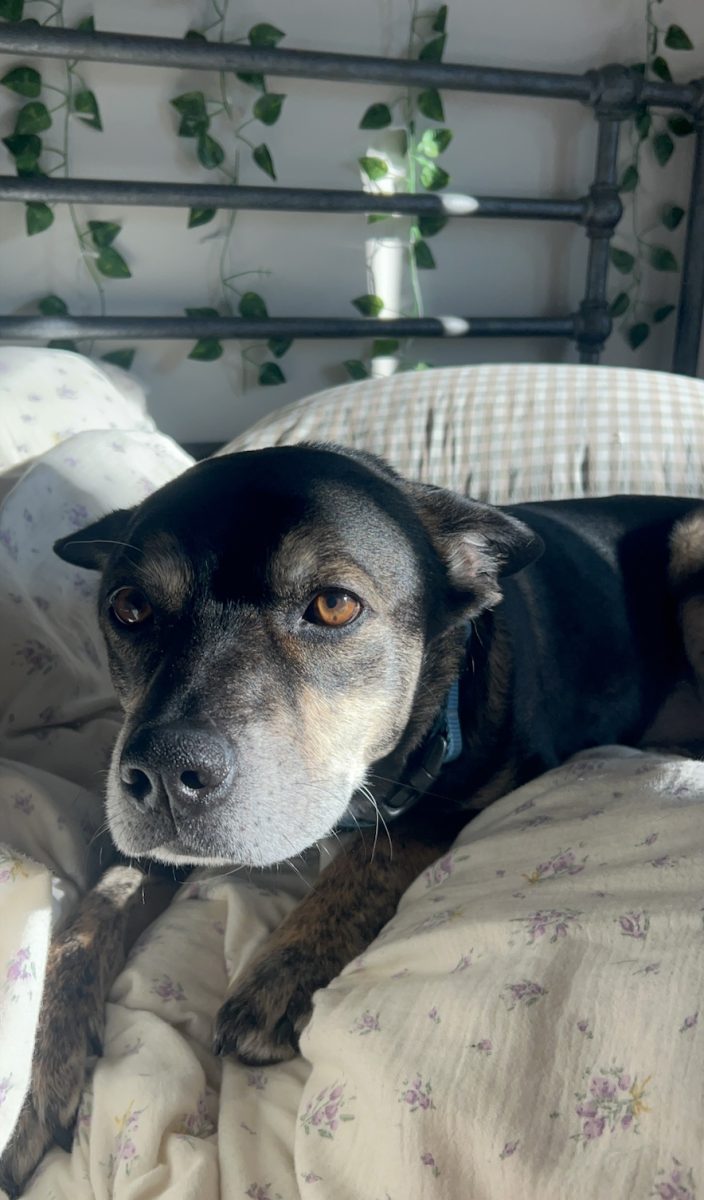
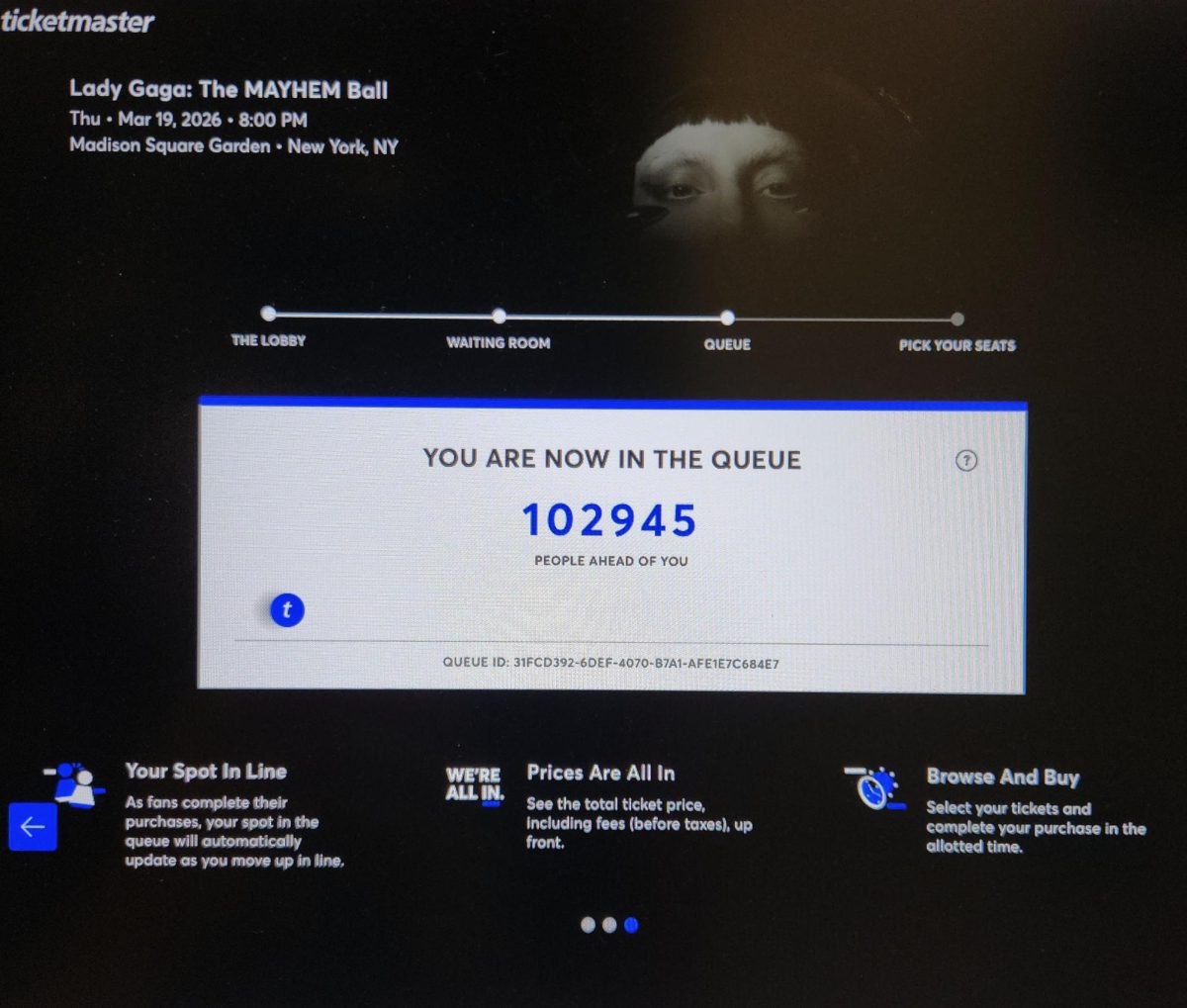
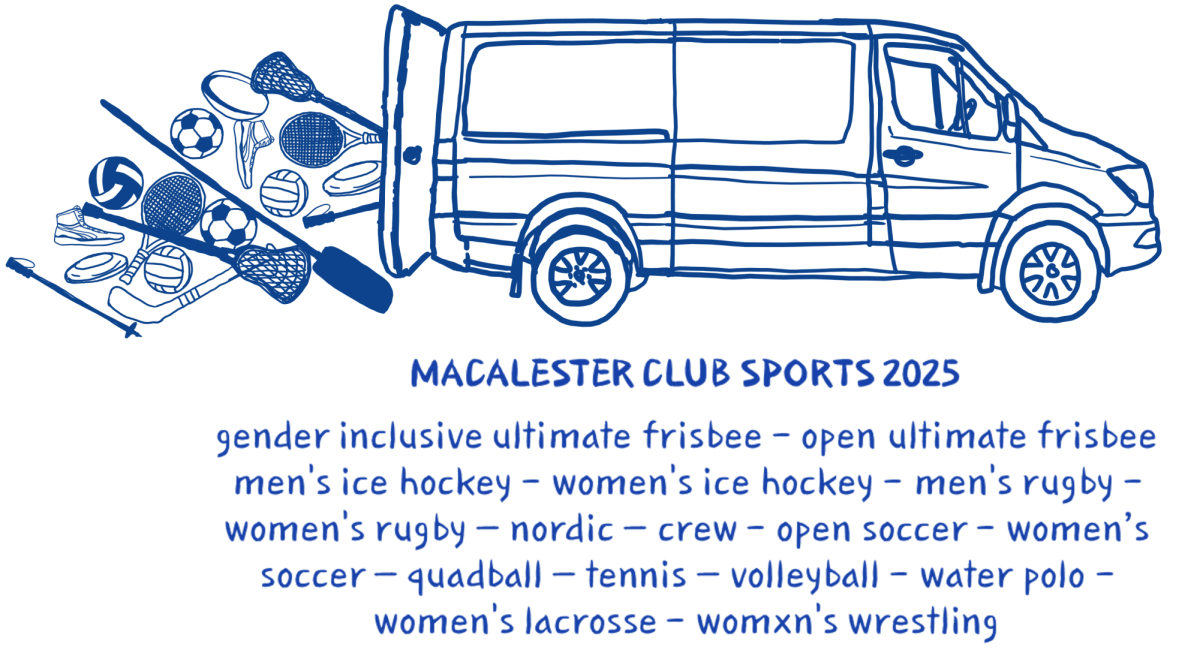
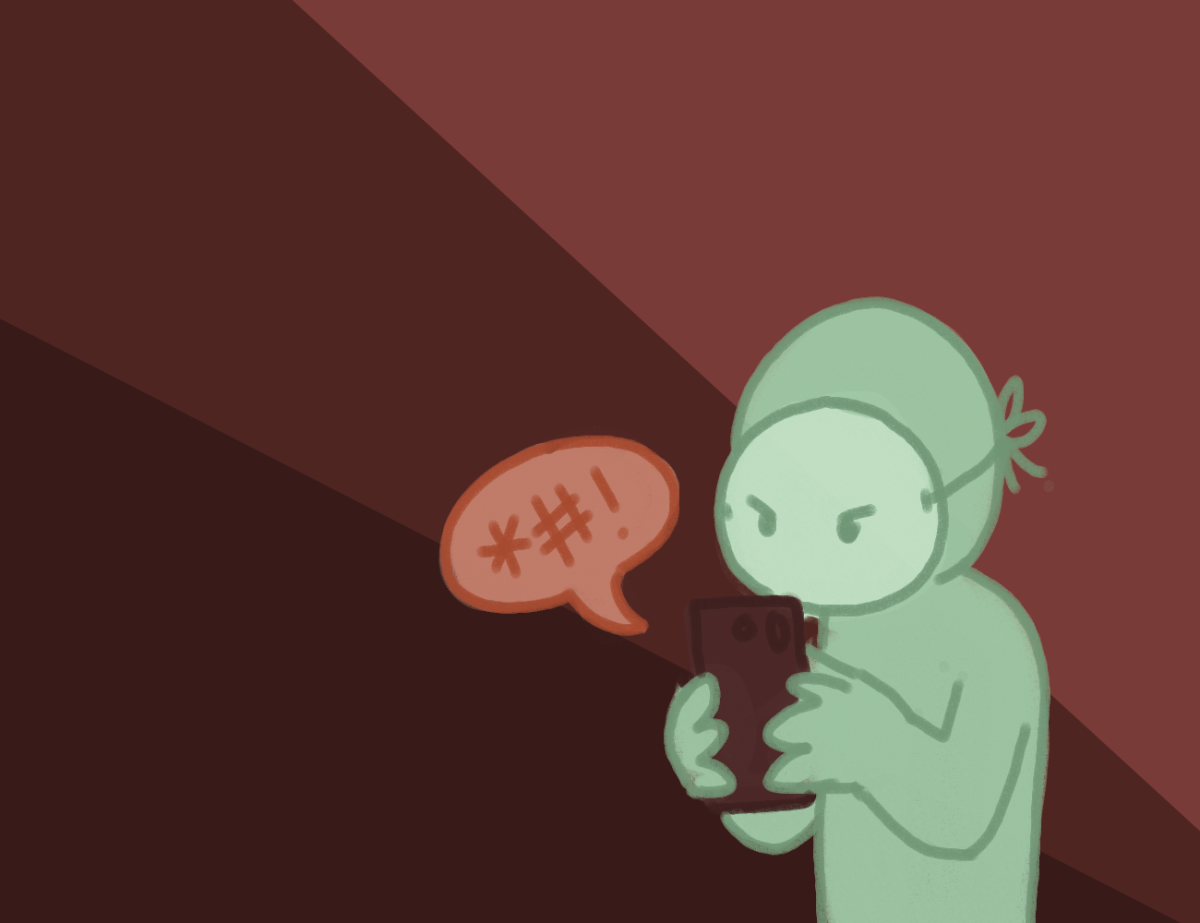
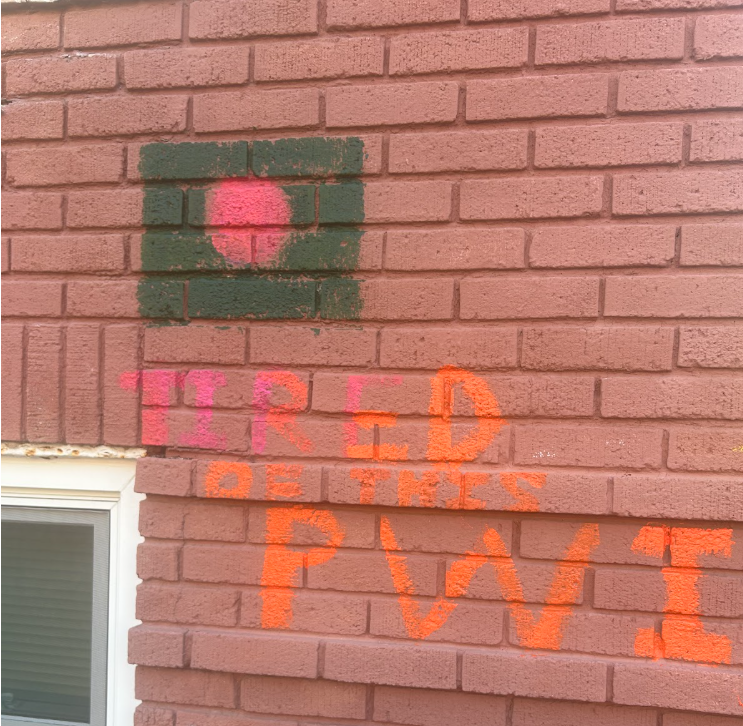

Penelope Rutherford • Sep 11, 2019 at 11:48 pm
I have study much on the topic of free blogging sites, however I have no clear idea concerning that, can any one advise me which one is most excellent for free blogging and site-building?
Alan Robertson • Sep 10, 2019 at 5:20 pm
YouTube is world’s biggest video sharing web site, no one can defeat it. Every one add movies at YouTube after that get embed code and post anyplace.
Carolyn Hamilton • Sep 7, 2019 at 3:00 am
It’s really a great and helpful piece of info. I am glad that you simply shared this useful info with us. Please keep us informed like this. Thank you for sharing.